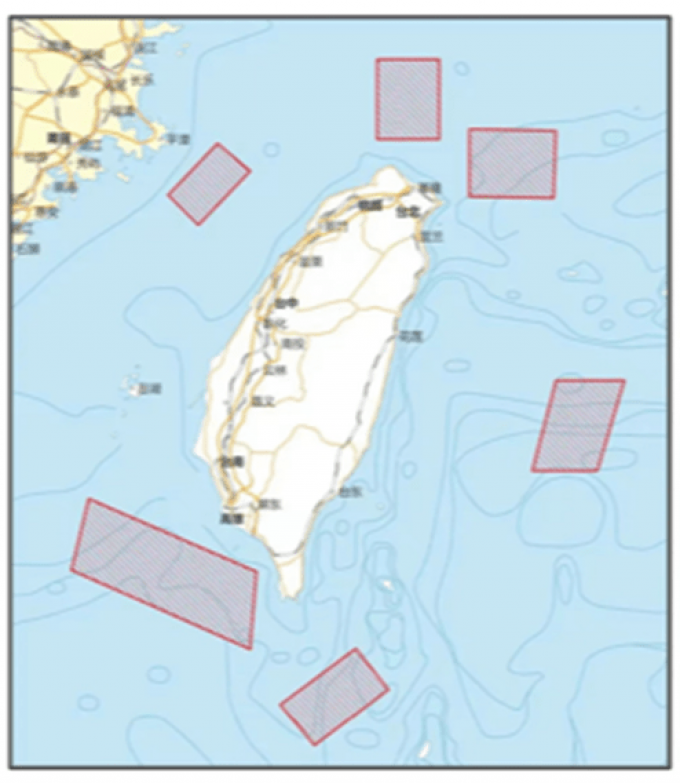Tariffs and de minimis set air freight rates on a volatile course
Airfreight rates are climbing as shippers rush to move goods before a potential trade war ...

Liner operators seem sanguine about China conducting its largest-ever military drills in the Taiwan Strait, although the aviation sector is taking precautions.
The military exercises began last night, hours after US House Speaker Nancy Pelosi visited Taiwan and met President Tsai Ing-wen, angering China, which has viewed Taiwan as a renegade province since the 1949 Chinese Civil War.
Six ’no-sail’ and ’no-fly’ zones have been marked out by China, which will carry out the military drills in waters around Taiwan until 7 ...
Asia-USEC shippers to lose 42% capacity in a surge of blanked sailings
Why ROI is driving a shift to smart reefer containers
USTR fees will lead to 'complete destabilisation' of container shipping alliances
New USTR port fees threaten shipping and global supply chains, says Cosco
Outlook for container shipping 'more uncertain now than at the onset of Covid'
Transpac container service closures mount
DHL Express suspends non-de minimis B2C parcels to US consumers

Comment on this article